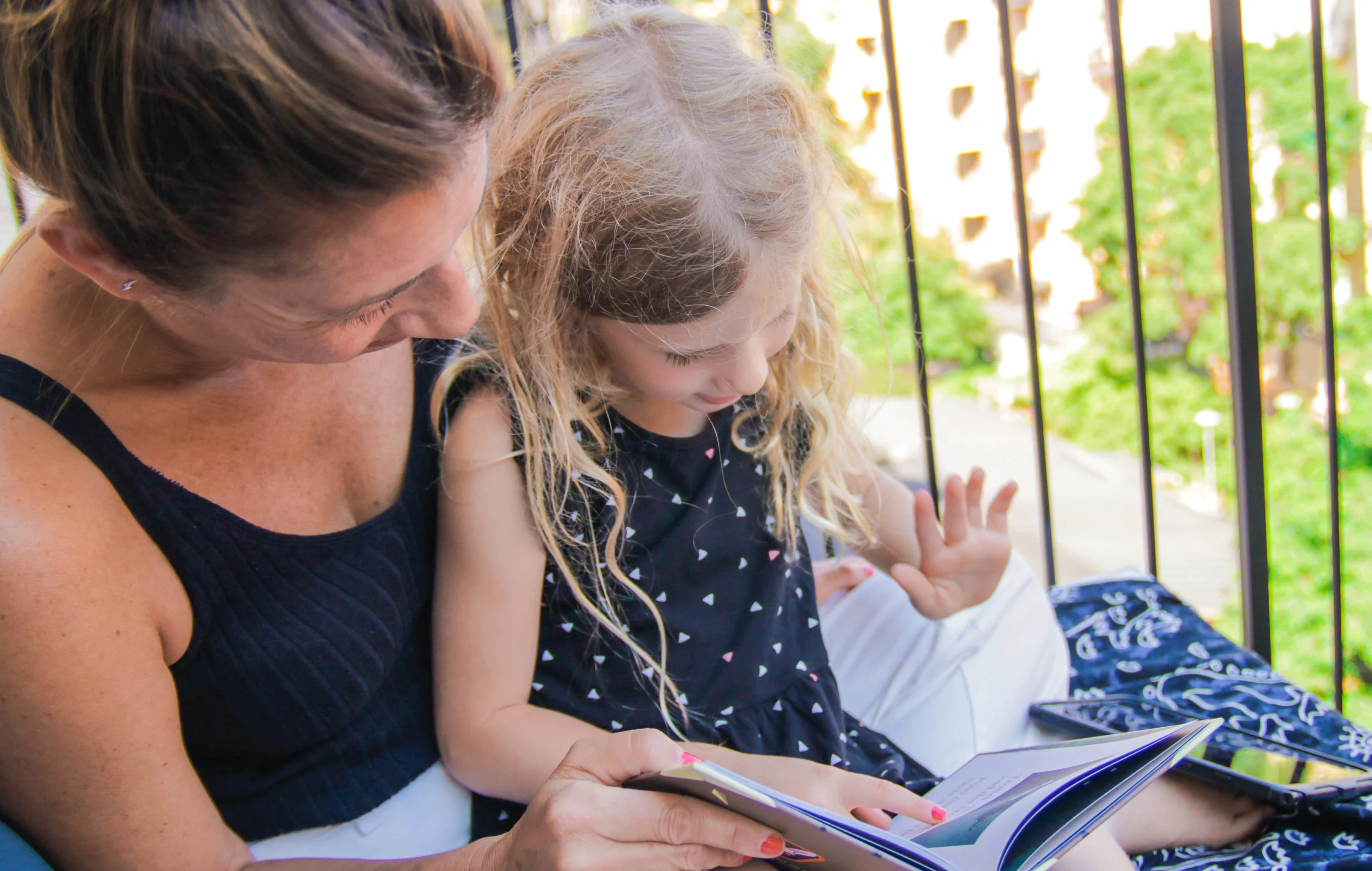5 clever mothers share their best reading games to play at home with your child
Learning to read can be a long and difficult process. That’s why it’s so important for children to be given the opportunity to practise at home with a parent or guardian. With this in mind, we sought the advice of the people who know best – parents! We’ve asked five creative mothers to share the games that they use to encourage reading at home, helping their children to view learning as exciting, meaningful and fun.
Chloe Tonkin / August 15, 2019
1. Treasure hunt
Anita has a five-year-old daughter. Together, they have discovered an activity that really mixes up the learning process, and can be stretched out over time.
“I tried to find ways to get my daughter more interested in the things around us at home, as well as what they are called and how their names are spelt. I started attaching name tags to objects around the house, such as the staircase, cradle, table, kitchen and so on, which she would try to read and spell.
“When her reading and writing skills came along a little, I’d remove the name tags and replace them with blank ones, giving her the opportunity to fill in the missing words. I turned this into a treasure hunt for her,” says Anita.
When your child finds a blank name tag and spells the missing word correctly, they collect a point. They can then use their points to decide how the two of you spend time together. For example, five points means you bake together, ten points means you have a movie night or go to the library together.
The name tags can even be used as clues, leading your child to the next name tag. For example, a name tag might say ‘stairs’ or ‘bed,’ so your child knows where to look next.
2. Decisions, decisions
Mia is the mother of six-year-old Moa and seven-year-old Lo. Their at-home practise goes beyond reading training and lets the children take control to solve several small, everyday challenges.
“My family and I have started playing a “read-and-choose” game at the weekends. I give the children two options at a time of different things to do by writing the activities down and asking them to read aloud. As well as allowing them to practice their reading skills, the game means they get to decide how the day will roll out, which they get very excited about,” says Mia.
The options could be as simple as asking your child what they’d like to do straight after breakfast, such as get dressed or brush their teeth.
“You could ask your child about anything - even about how they would like to walk up the stairs! Jump on one leg or shuffle backwards? This is how the day goes in our house. Should we go to the cinema, or go bowling? It’s simple and fun. And best of all - it gets very little push back or argument from the children. Win-win!”
Lo, Mia and Moa. Photo: Private.
3. All sorts
Hege is the mother of five-year-old Oscar. She has a simple, but smart idea to ensure reading becomes about more than just training.
She says, “Cut out some pieces of paper and choose three to four categories. For example, one of your categories could be food, another could be toys or animals. Write a word from one of the categories onto each piece of paper. Put all of the words into an assembled pile and find a container dedicated to each category. You could use a cooking pot as the container for food and drink-related words, a toy box for anything toy-related, and so on. Then ask your child to sort through the pieces of paper, read what they say and pop each one into the correct container. You can even offer them a small prize at the end.”
Another option, when two children play together, is to cut the pieces of paper so that the words are split into two. Each child gets their own pile of “halves” and has to work with the other to put the words together, sort through the new combinations and drop the final result into the correct container.
4. Hobby tags
Mette is mother to five-year-old Leon and seven-year-old Aksel. Mette and her family are behind the creation of the learn-to-read game Poio. The app has taken Scandinavia by storm (and is now available in the US), so it’s safe to say she’s an expert at fun games for reading training at home.
“There is one game that we play a lot in our house. We create “hobby tags” with the children, who have to try and write out an activity themselves. Although they’re allowed to use their drawing skills for support!”
The hobbies can be very varied, including cycling, baking a cake, building with their toys, playing football, reading a book, painting, and so on.
“The motivation for writing their own tags, and understanding what others are trying to spell or draw, really shines through. It really makes a difference when you focus on fun things to do.”
With Poio Phonics by Kahoot!, children aged 3-8 teach themselves how to read. Start the journey today!
5. Letter friends
Kristina has lots of reading activities up her sleeve. Thanks to her dedication to making the task of reading fun, her five-year-old son has already learnt most letters, and can even put short sentences together.
“We play letter hunting at home, or rather ‘hunt for something that begins with a certain letter.’ I usually cut six squares from an A4 sheet, scribbling one letter in each. Then my son will try to find something that begins with each letter. When he finishes, we turn the sheet around and continue with a new round of letters. My son loves running around to look for the them!”
Kristina has also encouraged her son to have a pen pal or “letter friend,” as she calls it! At the moment, Kristina still writes most of the letter herself, but her son writes the beginning and end of the letter, and signs it himself. Letter writing can offer your child a clear and positive experience of communication using writing and reading.
“Our next challenge is to try and write a shopping list together! When we are in the shop, my son will be able to compare the words on the list to the products he can see on the shelves.”



